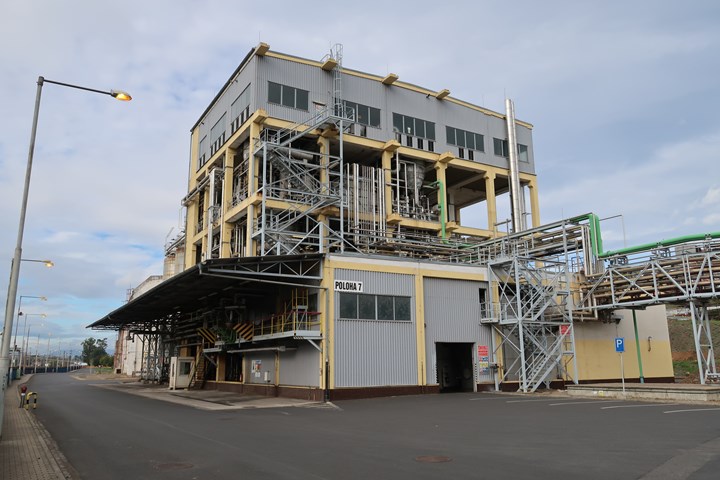AOC acquires Czech Republic UPR manufacturing operations
The acquisition enables AOC to significantly extend its manufacturing footprint, and further adds to the company’s global presence.

Photo Credit: AOC
It was announced on Oct. 16 that AOC (Schaffhausen, Netherlands) Kaprain (Prague, Czech Republic) and Spolchemie, have reached an agreement on AOC acquiring the unsaturated polyester resin (UPR) manufacturing operations located at the Spolchemie site in Ústí nad Labem, Czech Republic. This footprint extension will allow AOC to further improve its global service and logistics to its customers in Central/ Eastern Europe and Germany and will make new products (e.g. based on recycled PET) available for customers around Europe, thus extending the company’s manufacturing presence.
“This acquisition will give AOC a major leverage for strengthening our market position in Central and Eastern Europe, as well as in Germany. It enables us to ensure continued competitiveness in the region,” explains Joe Salley, CEO of AOC. “The acquisition proves our commitment to this industry, helping us and our customers to build even stronger relationships through supply security and continued technical collaboration.”
Located 70 kilometers southeast of Dresden, Germany, the UPR plant at the Spolchemie site has already reportedly been making resins for AOC on a contract basis for many years. Besides state-of-the-art UPR production equipment, the plant is also said to have unique capabilities for manufacturing green resins based on recycled PET.
“The Ústí operations have been working for AOC for a long time, and supported the company with great service and resins in sizeable volumes,” adds Romana Benešová, CEO of Kaprain Investment Group. “I am happy that through this acquisition by AOC we have found a good home for this business, allowing Spolchemie to focus on our core business of chlorinated hydrocarbons and epoxy resins.”
AOC, Kaprain and Spolchemie have signed an agreement to transfer the operations to AOC (to become effective as soon as possible in the fourth quarter of 2020) on Oct. 15, 2020.
Related Content
-
Bio-based acrylonitrile for carbon fiber manufacture
The quest for a sustainable source of acrylonitrile for carbon fiber manufacture has made the leap from the lab to the market.
-
Sulapac introduces Sulapac Flow 1.7 to replace PLA, ABS and PP in FDM, FGF
Available as filament and granules for extrusion, new wood composite matches properties yet is compostable, eliminates microplastics and reduces carbon footprint.
-
PEEK vs. PEKK vs. PAEK and continuous compression molding
Suppliers of thermoplastics and carbon fiber chime in regarding PEEK vs. PEKK, and now PAEK, as well as in-situ consolidation — the supply chain for thermoplastic tape composites continues to evolve.














.jpg;maxWidth=300;quality=90)

